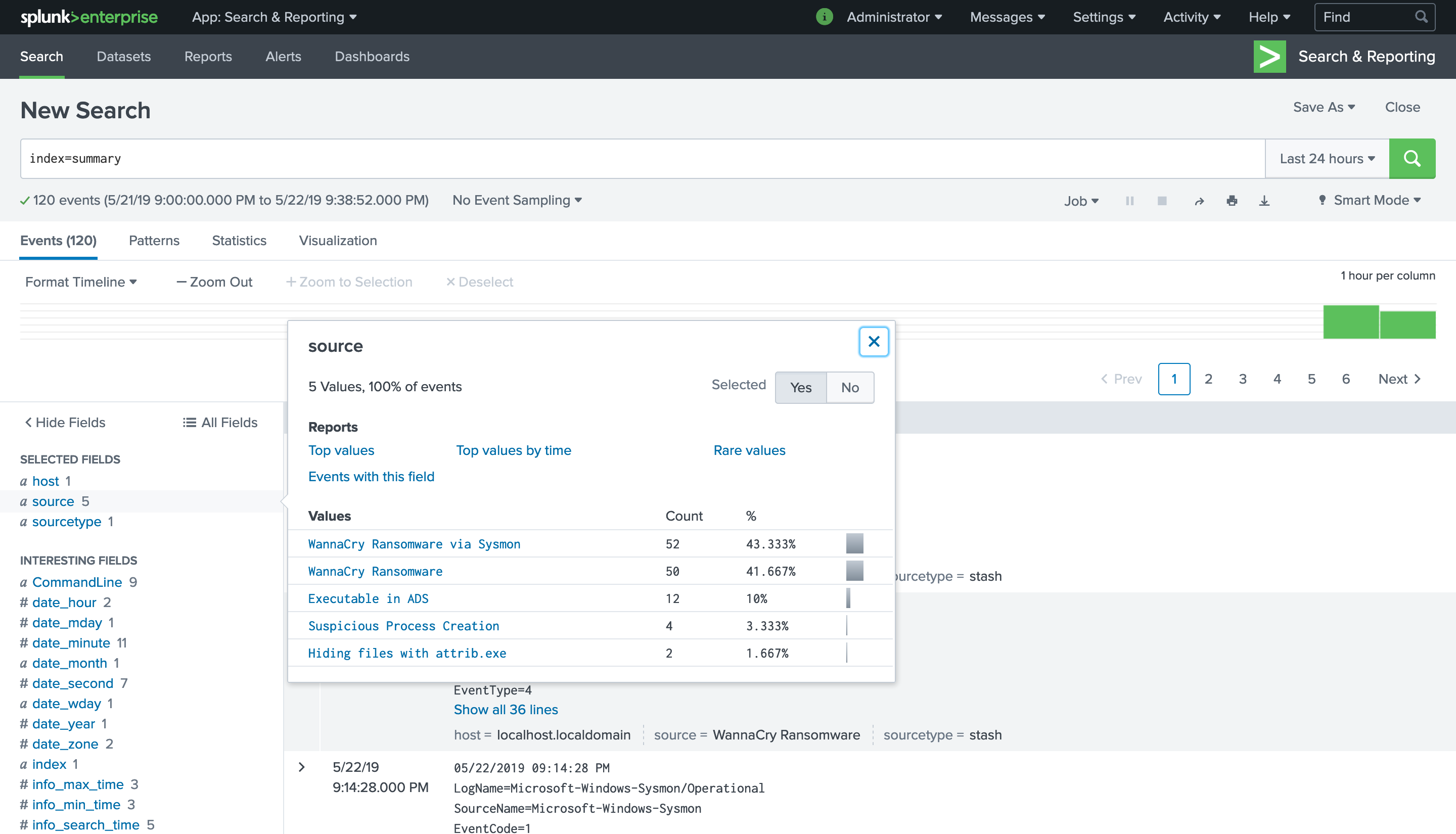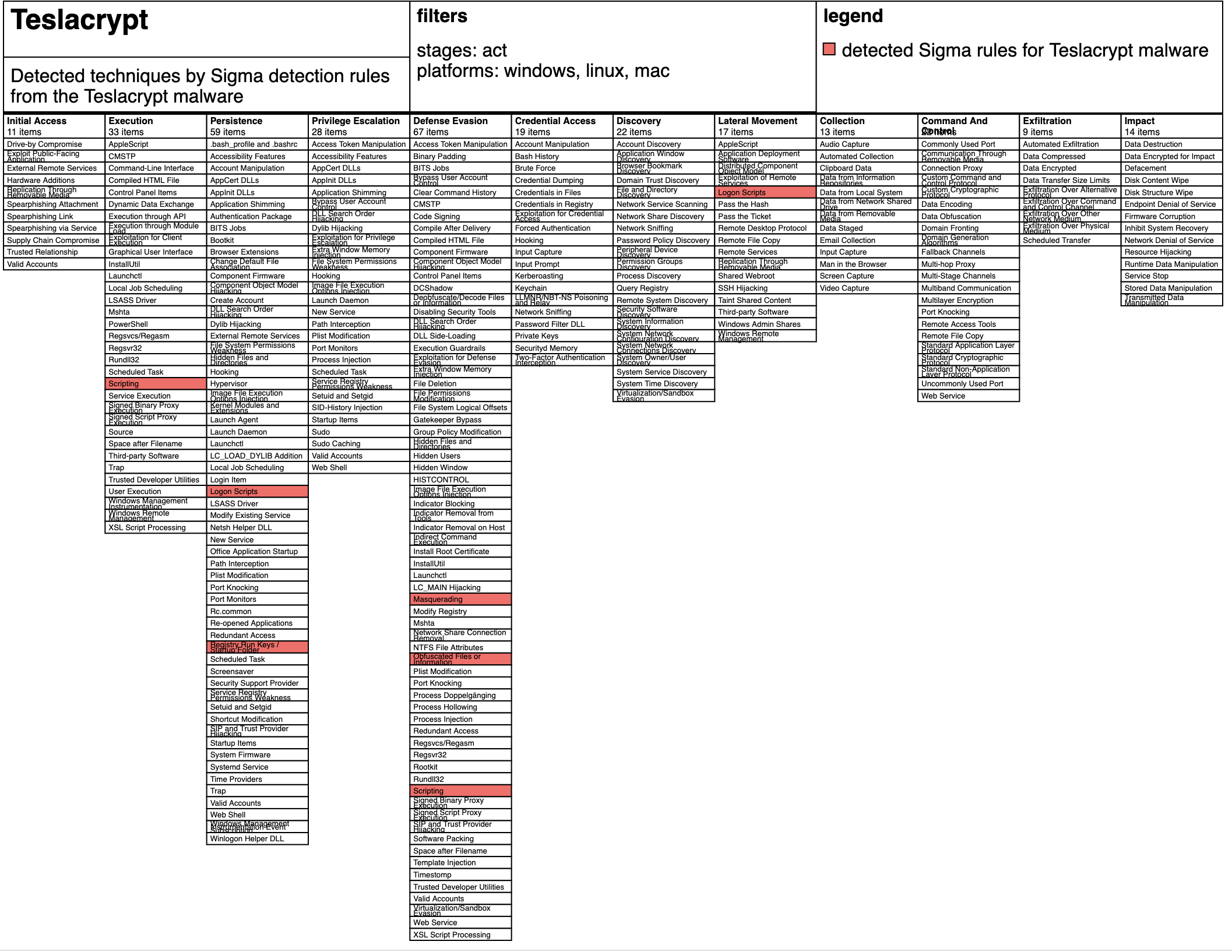Sigma vs. WannaCry
In this blog post, I will test the WannaCry malware against almost all Windows Sigma detection rules from the subfolders builtin, process_creation and sysmon (a total of 192 detection rules). WannaCry was one of the biggest cyber attacks affecting over 200.000 computers in 150 countries. In order to run the malware in a secure way, […]







